
Pinacoteca Ambrosiana: a journey through renaissance masterpieces in Milan
Pinacoteca Ambrosiana: the tickets most chosen by travelers

Borghese Gallery: Reserved Entry
from 22 €

Rome Tourist Card
from 83 €
Unveiling Milan's Renaissance heart at the Pinacoteca Ambrosiana of Milan
There is a reason why, for over 400 years, the Pinacoteca Ambrosiana has captivated visitors from all over the world. This truly unique place, located in the heart of Milan, doesn't just showcase masterpieces, but makes you feel part of their legacy.
Founded in 1618 by Cardinal Federico Borromeo, the Pinacoteca is considered the oldest public art gallery in the world: it was not conceived as a private collection to be opened later, but as an institution designed from the beginning for the public, to educate and inspire.
Even today, it still preserves that original spirit, allowing art to reveal itself gradually through a journey that is as visual as it is sensory. The rooms convey a fascinating balance between formality and intimacy, with the light and architecture creating the perfect setting to contemplate these extraordinary works.
In the same building that houses the Pinacoteca, you will also find the Biblioteca Ambrosiana, another jewel of Milanese culture: here, you'll discover an incredible collection of manuscripts and rare books, including the famous Codice Atlantico by Leonardo da Vinci, a masterpiece that offers an extraordinary insight into the mind of one of history's greatest geniuses.
As you move through paintings and ancient volumes, you can distinctly feel the connection between the creativity of the past and the cultural challenges of the present, as if each work were the story of an idea still evolving today.
Because the Pinacoteca Ambrosiana is not just a museum meant to preserve, but a place where you can live a unique experience, a hidden gem right in the center of Milan, where every artwork whispers stories filled with all the charm of the Italian Renaissance.

Discover all other experiences
How to visit the Pinacoteca Ambrosiana
The exhibition path of the Pinacoteca Ambrosiana unfolds through 24 evocative rooms, housing an extraordinary collection of artworks.
Among the many masterpieces on display, the renowned Codice Atlantico by Leonardo da Vinci stands out as one of the most remarkable treasures of the Renaissance. This priceless collection features 1,119 original pages filled with sketches, notes, and projects ranging from engineering to anatomy, optics to astronomy. It's preserved within the historic Biblioteca Ambrosiana, an integral part of the same complex as the Pinacoteca.
To make the most of your visit, it’s recommended to purchase tickets in advance, especially during peak times.
Booking online not only allows you to secure a convenient time slot but also helps you avoid queues at the ticket office, making the most of your time. On weekends or during the high season, in a lively and event-filled city like Milan, planning ahead is the ideal way to enjoy a smoother experience. Access is quick and easy: simply show your digital ticket on your smartphone at the Pinacoteca’s bookshop – ticket office.
Pinacoteca Ambrosiana: tips for your visit
How to get to the Pinacoteca Ambrosiana
If you arrive in Milan by train, from Milano Centrale Station you can easily reach the Pinacoteca Ambrosiana using public transport. Take Metro Line M3 (Yellow Line) and get off at Duomo station. From there, it’s just a 5-minute walk: exit Piazza del Duomo, take Via Orefici, turn left onto Via Cantù, and continue straight until you reach Piazza Pio XI, where the Pinacoteca is located.
Alternatively, you can take Bus Line 60 from Stazione Centrale FS and get off at Duomo M1 M3. However, if you’re short on time, the best option is taking the metro, which is definitely faster.
If you arrive by plane, from Milano Malpensa Airport, you can take the Malpensa Express, which will take you directly to Milano Centrale Station in about 50 minutes. From there, you can follow the directions above to reach the Pinacoteca.
If you arrive at Milano Linate Airport, take Metro Line M4 (Blue Line) to San Babila, from where you can easily reach Piazza Duomo on foot in just a few minutes. Alternatively, you can take Metro Line M1 (Red Line) for two stops, getting off at Cordusio, the station closest to the Pinacoteca Ambrosiana.
The best experiences in Milan
Best attractions around Pinacoteca Ambrosiana
all entrance tickets for the most popular Italian attractions
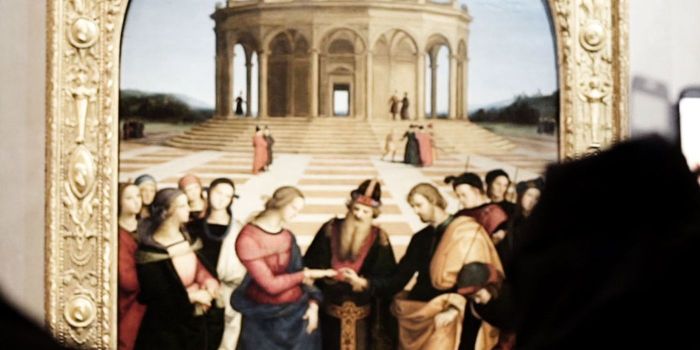
Useful information for visiting the Pinacoteca Ambrosiana (FAQ)
Is it worth visiting Pinacoteca Ambrosiana?
Absolutely! The Pinacoteca Ambrosiana is not just a museum; it's a historical and cultural treasure. With masterpieces by Leonardo da Vinci, Caravaggio, and other renowned artists, as well as the priceless Codex Atlanticus by Leonardo, it offers an enriching experience for art lovers and history enthusiasts alike. Its serene and contemplative atmosphere also makes it a unique place to explore in the heart of Milan.
How much time does it take to visit the Pinacoteca Ambrosiana?
Regardless of personal tastes and different sensitivities of each visitor, for a complete exploration of the Pinacoteca Ambrosiana, you should allow about 1.5 hours—an ideal time to admire the main masterpieces like Leonardo’s The Musician and Caravaggio’s Basket of Fruit without rush. If you also wish to explore the Ambrosian Library or the temporary exhibitions, consider at least two hours.
What does Ambrosiana mean in English?
The term "Ambrosiana" refers to Saint Ambrose, the patron saint of Milan. The name connects the institution to Milan's rich Christian heritage, as Saint Ambrose was one of the city's most significant historical figures.
Who are the artists in the Pinacoteca Ambrosiana?
The Pinacoteca Ambrosiana houses works from some of the most celebrated artists in history. Notable names include Leonardo da Vinci, Caravaggio, and other Italian masters such as Raphael, Titian, and Bernardino Luini. The collection also includes works by European artists like Peter Paul Rubens and others.
How much does it cost to enter the Pinacoteca Ambrosiana?
The standard ticket for the Pinacoteca costs 17 euros, with reduced prices of 13 euros for over 65s, 10 euros for students aged 15 to 18 and university students, and 5 euros for children aged 6 to 14. Entrance is free for children under 6 years old. Tickets for a guided tour cost a little more than the standard ones (18.50 euros) and offer the opportunity to discover all the secrets of this place rich in art and history.
When can you visit the Pinacoteca Ambrosiana?
The Pinacoteca is open from Monday to Sunday, from 10:00 AM to 6:00 PM, with the last entry at 5:30 PM. It is closed on Wednesdays.
How to reach Pinacoteca Ambrosiana?
The Pinacoteca Ambrosiana is located in the historic center of Milan, easily accessible by public transportation. The nearest metro station is Cordusio (M1 red line), just a short walk away. Additionally, it is well-connected by tram and bus services. The museum is situated near major landmarks such as the Duomo and the Galleria Vittorio Emanuele II, making it easy to combine a visit to the Pinacoteca with other nearby attractions.
Highlights of the Pinacoteca Ambrosiana: a journey through the great Renaissance art
Visiting the Pinacoteca Ambrosiana means embarking on an extraordinary journey through the masterpieces of the most illustrious names in art history, from Leonardo da Vinci to Caravaggio, from Botticelli to Raphael.
Among the most iconic works, the Portrait of a Musician stands out, one of the only fifteen paintings reliably attributed to the great Leonardo. Equally fascinating are Caravaggio’s Basket of Fruit, astonishing for its baroque realism, and Botticelli’s Madonna of the Pavilion, a perfect example of Renaissance delicacy.
The collection also includes a valuable preparatory cartoon for Raphael’s School of Athens, an extraordinary testimony to the artist’s compositional genius, along with works by Titian, Bramantino, and Luini.
Alongside the paintings, the famous Codice Atlantico is kept in the Biblioteca Ambrosiana: a collection of over a thousand manuscript pages by Leonardo da Vinci, where sketches and notes reveal the incredible breadth of his interests, from science and art to astronomy. A must-see stop for anyone wishing to discover the essence of the Renaissance in one of Milan’s most evocative places.
Discover another treasure of the Ambrosiana
Within the same complex that houses the Pinacoteca and the Biblioteca Ambrosiana lies another truly special place, rich in history and spirituality: the Crypt of San Sepolcro.
Located directly beneath today’s Piazza San Sepolcro, this ancient underground church is considered one of the most fascinating and mysterious sites in the city. Dating back to the early Christian era and rebuilt in the Middle Ages, the crypt was particularly admired by Leonardo da Vinci, who described it as “the true center of Milan.”
Even today, walking on the Roman stone floor, among ancient columns and centuries-old vaults, means embarking on an extraordinary journey back in time, immersed in a silence full of atmosphere — an intimate and contemplative experience that perfectly completes a visit to the Pinacoteca Ambrosiana.
















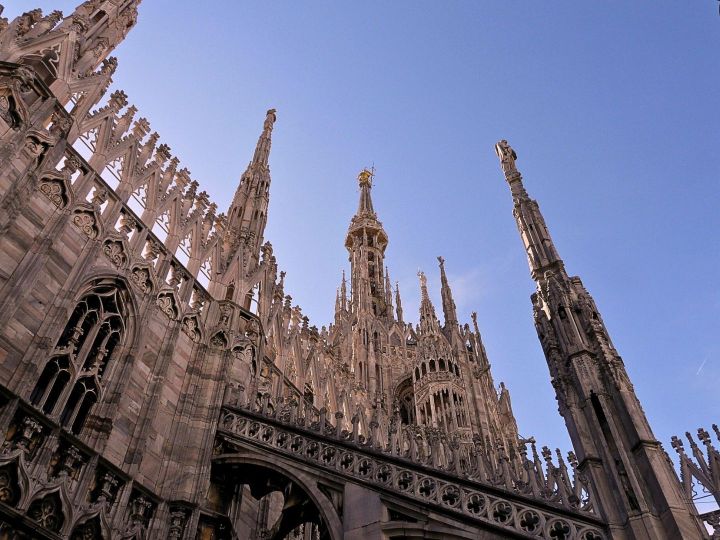

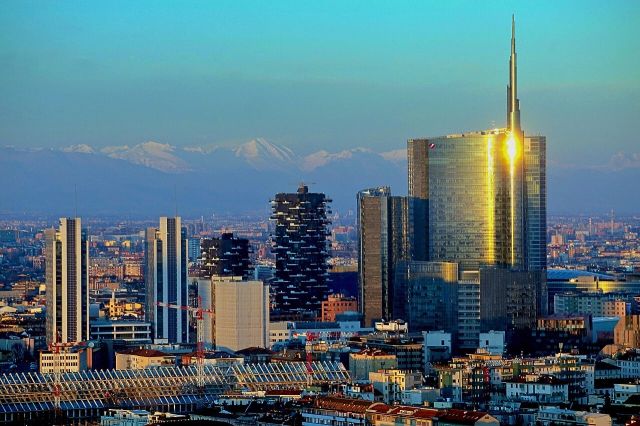

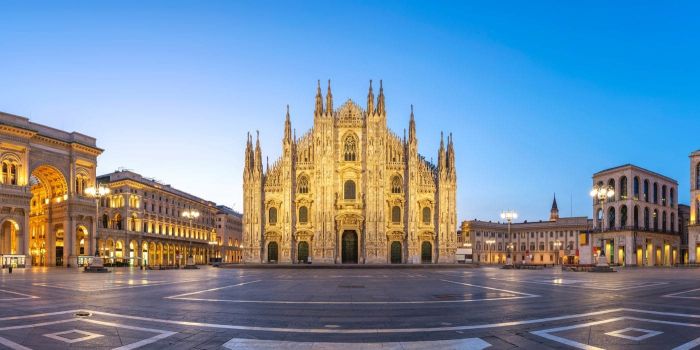
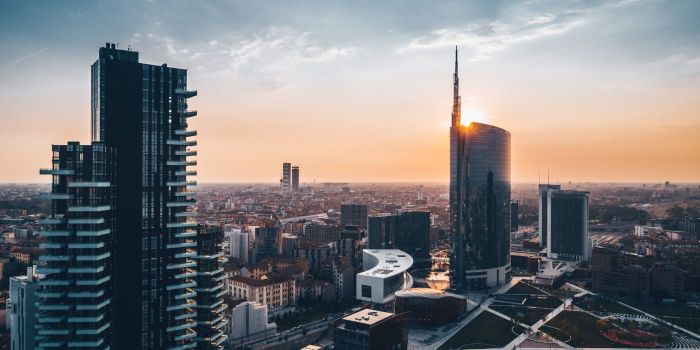
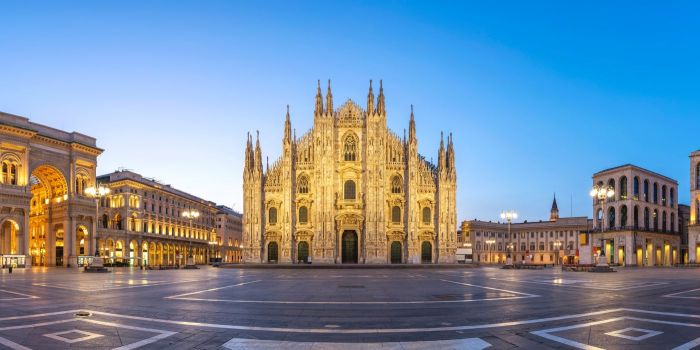
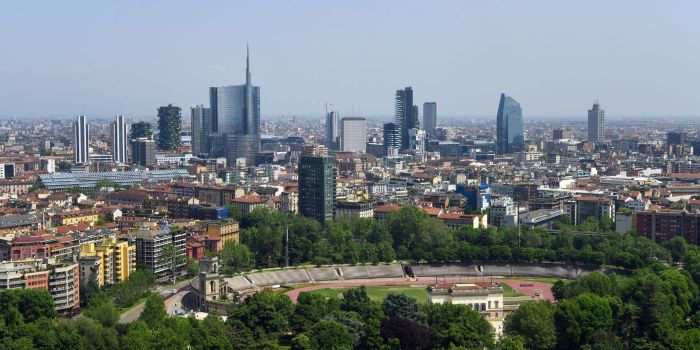






Alessandro Savino
Discover the Pinacoteca Ambrosiana, the world's oldest public art gallery, and admire the masterpieces of Leonardo, Caravaggio, and Raphael on a journey through Baroque halls and priceless ancient manuscripts.